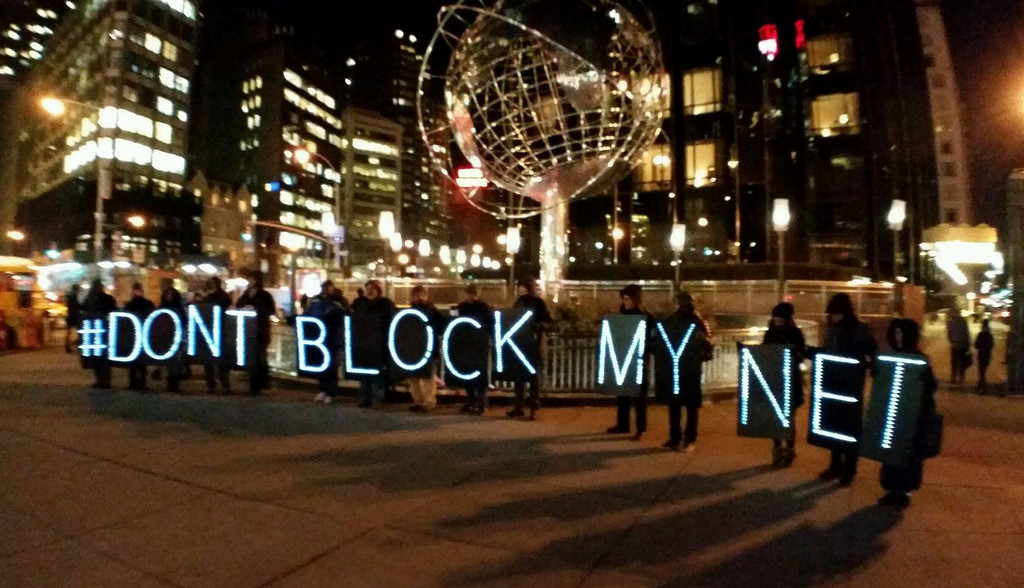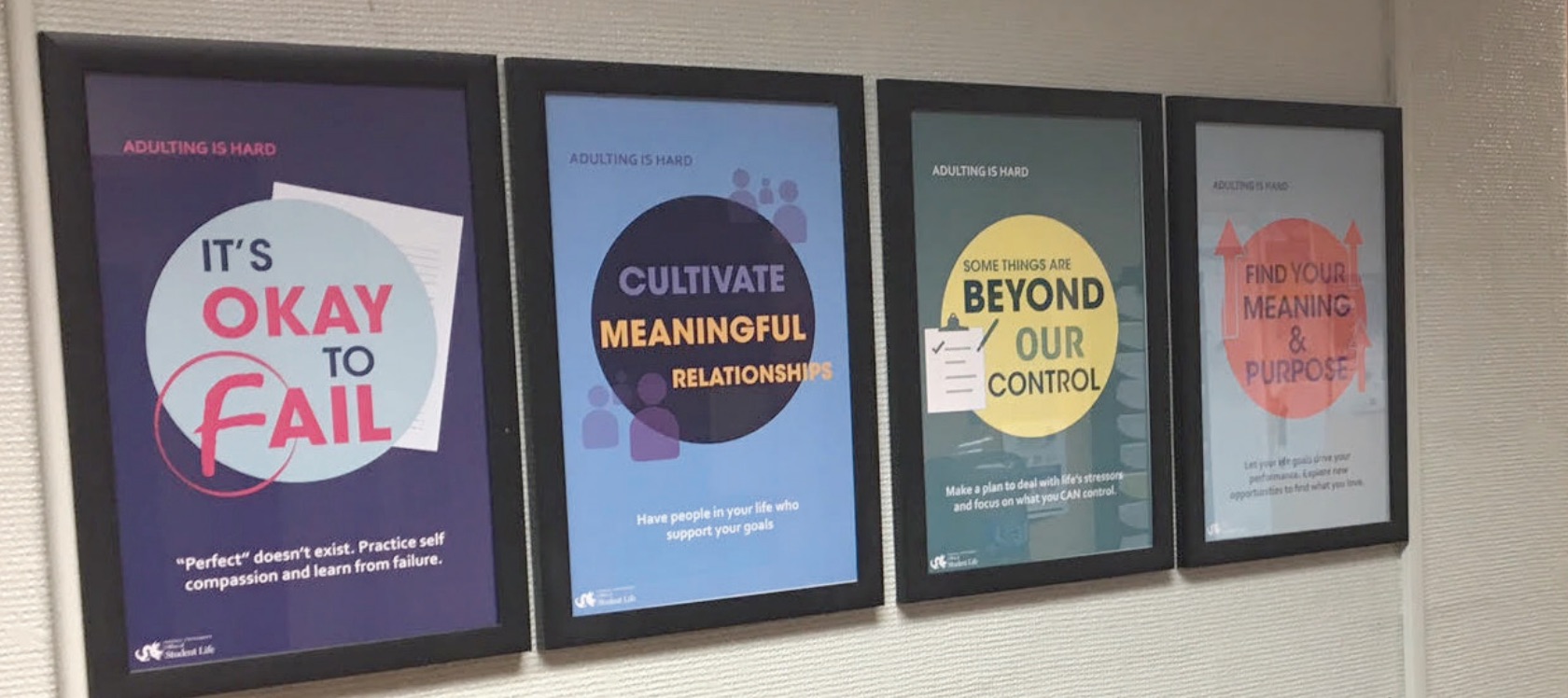
What’s black and white and cute all over? Baby skunks!
Hamilton and Lavender – brother and sister striped skunks — have recently joined the animal ambassador program at the Academy of Natural Sciences of Drexel University and will be available for public viewing sometime in October or November, according to Lisa McGonigle, the Lead Keeper of the Live Animal Center at the academy.
McGonigle raised the three-month-old babies by hand, feeding them from bottles and commuting with them back and forth from her house to the academy every day.
“Excuse the pun, but they are stinking cute — and that’s what has attracted people to them,” she said.
But these skunks are offering more than just mere cuteness to the academy.
“Their purpose is strictly educational,” she said.
The skunks will start out being showcased in intimate naturalist programs at the academy, and later work up to larger auditorium programs. Eventually, they will take part in other outreach rotations, including events at schools, libraries, hospitals and other community gatherings like festivals.
“The skunks are integral in our education program,” she said. “They are heavily sought after because they are so adaptable to so many of our education programs.”
Since the animals are so versatile, they can be used for a variety of purposes, she explained.
“Any direction we want to take, we can use these animals for that purpose,” McGonigle said. “They can be used for very simple concepts like what makes a mammal a mammal all the way up to more complex things like behaviors and defenses.”
Right now, the skunks are still preparing to be introduced to visitors of the academy. McGonigle said it takes several months for the animals to complete this training period. They just came out of quarantine, where they received tests to get them as healthy as possible before introducing them to the general population, and they are now getting acclimated to the sights, sounds and smells of the other live animals. Most importantly, the animals must be properly socialized, she said.
“They are very socialized already — it’s just getting them used to the crowds and the people,” she said. She added, “it was surprising how socialized they got so quickly.”
McGonigle said that skunks are like a mix between a cat and a ferret. While they have the activity level of a ferret, they have the personality of a cat.
When the animals grow up, they will be the size of a housecat at around seven pounds, but for now, the babies are only a little over one pound. McGonigle said when they first arrived, Hamilton was only 0.33 pounds, and Lavender was only 0.26 pounds.
While very tiny, their offerings to the academy are tremendous.
The animals are ideal because they are very recognized animals, she said, also mentioning how being indigenous animals makes them even more significant.
“People right here in the city have them living around their house and they don’t even realize it,” she said.
People may take the species for granted, but seeing them up close and personal can be a transformative moment, McGonigle said, while again emphasizing their significance to the education process.
But baby Hamilton and Lavender aren’t the only animals featured at the academy that offer valuable learning experiences to the community. In fact, there are over 100 animals currently housed at the academy that are also a part of the animal ambassador program. These animals include hawks, owls, parrots, ducks, crows, rats, guinea pigs, hedgehogs, opossums, armadillos, alligators, snakes, tortoises, turtles, lizards, a large number of invertebrates and more, she explained.
She said that people really get excited when they can see an animal up close. The experience can make them more connected and appreciative of the animal, while allowing them to perceive the animal beyond the common stereotypes.
“People don’t like [skunks] because they spray and because they get into their garbage cans, so it’s nice to have people understand how really interesting these animals are, how amazing they are, and that they’re not out to get us — they’re not looking to spray us. It’s their last resort — they’d rather you just go in the other direction.”
Hamilton and Lavender have been descented, so visitors will not have to worry about any accidents.
And the skunks will not have to worry about being overworked, as the academy operates on a specified teaching schedule, so that animals will only have to work once or twice a week.
“These animals get used, but we regulate their use,” she said, highlighting how important it is to control the stress levels of the animals.
The academy is very cognizant of the feelings of the animals, she said. When an animal ages, it undergoes a retirement process, and is continued to be housed at the academy, even when it is no longer working. This makes the academy different from many other institutions that display live animals.
The academy was the first and oldest natural history museum in the western hemisphere, officially opening its doors in 1828, she said.
“It’s a wonderful resource for the scientific community,” she said, explaining how the academy has a large resource selection that many other scientific institutions look to.
The academy has taken in live animals since the 1930s and Hamilton and Lavender represent the continuation of educating people through the use of live animals.
Stay tuned to the academy’s Twitter and Facebook pages to find out when Hamilton and Lavender will be officially available for the public to see. You can also call the academy to see if the animals will be shown on a specific day.
McGonigle is excited for their official debut, but she is also extremely pleased about the process thus far.
“In years to come, it’ll be nice to know that I played a part in helping create what they are,” she said. “Hopefully they will help educate numerous amount of people.”








